Great headphone sound? It’s in the CAN!
Is it possible to make an analogue headphone amp that delivers high-end performance with all manner of headphones and bring it to every music lover at £149? If anyone can, iFi CAN!
Southport, England – In just a few short months, iFi’s first ZEN Series products – the ZEN Blue and ZEN DAC – have established themselves as undisputed champs in the sub-£200 desktop DAC category, making high-performance audio more accessible than ever. Now, iFi expands this award-winning range with the ZEN CAN – an all-analogue headphone amplifier in the same compact aluminium chassis and offering the same exceptional value-for-money.
With an RRP of just £149 (US$149, €165), the ZEN CAN sports many features usually reserved for high-end headphone amps at many times the price. The ability to drive tough headphone loads, the balanced circuit design, the vanishingly low levels of distortion and versatile sonic tailoring options to optimise performance are all highly unusual at such an eminently affordable price tag. By combining them in one package, iFi is once again pushing the envelope of affordable desktop audio.
As an all-analogue headphone amp, the ZEN CAN has no digital input of any kind, USB or otherwise. It connects to any audio source with an analogue output, such as the headphone output from a DAP (Digital Audio Player), a laptop, a tablet or a smartphone, or the RCA outputs from, say, a CD player or phono stage. It could be paired with the ZEN Blue to add Bluetooth reception, or combined with the ZEN DAC to upgrade the DAC’s headphone amp stage. As well as a headphone amp, it can double as a preamp to feed a power amp and speakers or a pair of active speakers.
Making the most of all kinds of cans
In common with the other ZEN Series products, the ZEN CAN sports a sturdy, smartly finished aluminium enclosure, neatly sized at 158x35x100mm (WxHxD). In the centre of the front panel is a smooth-acting rotary volume control, flanked by a range of sockets and buttons. On the left, beside the power button and input switch, resides a control for selecting the appropriate gain. Four settings in six dB steps – 0dB, 6dB, 12dB and 18db – enable the amp to precisely suit the connected headphones; unity gain (0dB) is useful to ensure low noise with sensitive in-ear monitors, while the higher gain settings make the most of tougher headphone loads, delivering excellent dynamic headroom.
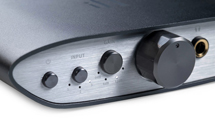
To the left of the aluminium volume control are three buttons: power on/off, input selection and gain selection

To the right are a pair of headphone outputs – a 6.3mm output for headphones that have a standard single-ended connector (compatible with all headphones) and a 4.4 Pentaconn balanced output for headphones offering balanced connection. An increasing number of high-quality headphones and in-ear monitors either come so equipped or give the option of detaching the cable and upgrading to a 4.4mm Pentaconn connector, and this output makes the most of them (it is particularly recommended for high-impedance headphones).
Next to the headphone sockets is a button to engage the latest versions of iFi’s ‘XBass’ and ‘3D’ sonic tailoring options for headphones. XBass adjusts frequency response to enhance low frequency performance – particularly useful with open-back headphones that ‘leak’ deep bass. 3D compensates for the ‘in-head localisation’ effect that often occurs when using headphones to listen to music that was mixed using a pair of speakers, effectively widening the headphone soundstage to deliver a more speaker-like experience. Both XBass and 3D engage purely analogue processing and may be bypassed entirely if preferred.
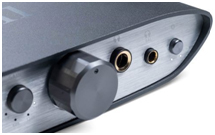
On the right side of the front panel are 6.3mm single-ended and 4.4mm balanced headphone outputs, plus a button to engage XBass and 3D analogue processing

Around the back, the ZEN CAN offers stereo RCA and 3.5mm single-ended inputs, plus a balanced 4.4mm Pentaconn input. A 4.4mm balanced output is also provided, to connect to power amps and active speakers equipped with a balanced input – either a Pentaconn 4.4mm input, or XLR inputs via a 4.4mm-to-XLR cable. This balanced output can also be used for single-ended connection if no balanced input is available. All the ZEN CAN’s inputs and outputs are gold plated for optimal conductivity.

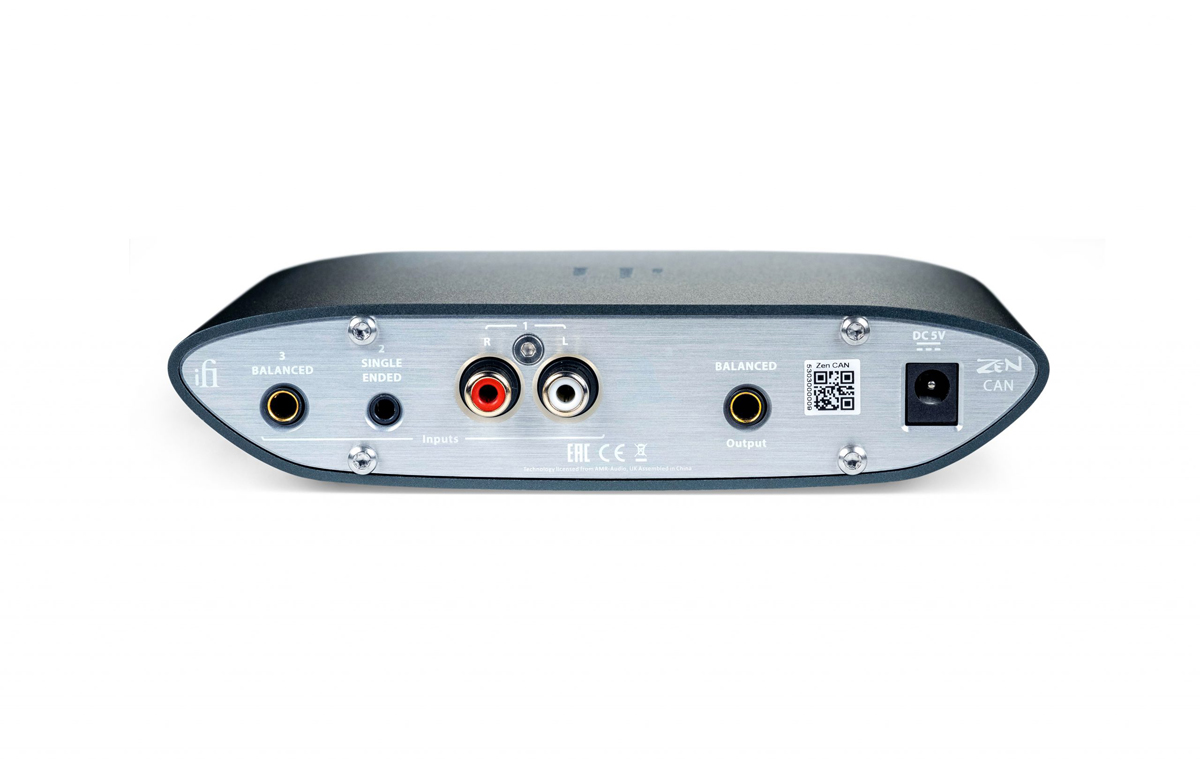
Circuit highlights: delivering the balance of power
The ZEN CAN’s circuitry is a balanced, symmetrical dual-mono design – a topology usually reserved for high-end headphone amps. Balanced circuits have long been championed by renowned high-end audio electronics engineer John Curl, now a technical consultant for iFi, given their ability to reduce noise within the signal path. Curl has worked closely with iFi’s in-house technical team, headed by Thorsten Loesch, to produce an analogue circuit of exceptional quality for a device of this kind.
A number of key elements have trickled down from the discrete Class A circuitry developed for iFi’s flagship headphone amplifier, the Pro iCAN, which at £1,799 is 12 times the price of the ZEN CAN. It offers prodigious drive capability for such a modestly priced headphone amp, delivering 1600mW (7.2V) into 32 ohms from the single-ended output, with 15V+ available to loads of 300 ohms or more through the balanced output, ensuring the ZEN DAC takes even current-hungry planar headphones in its stride.

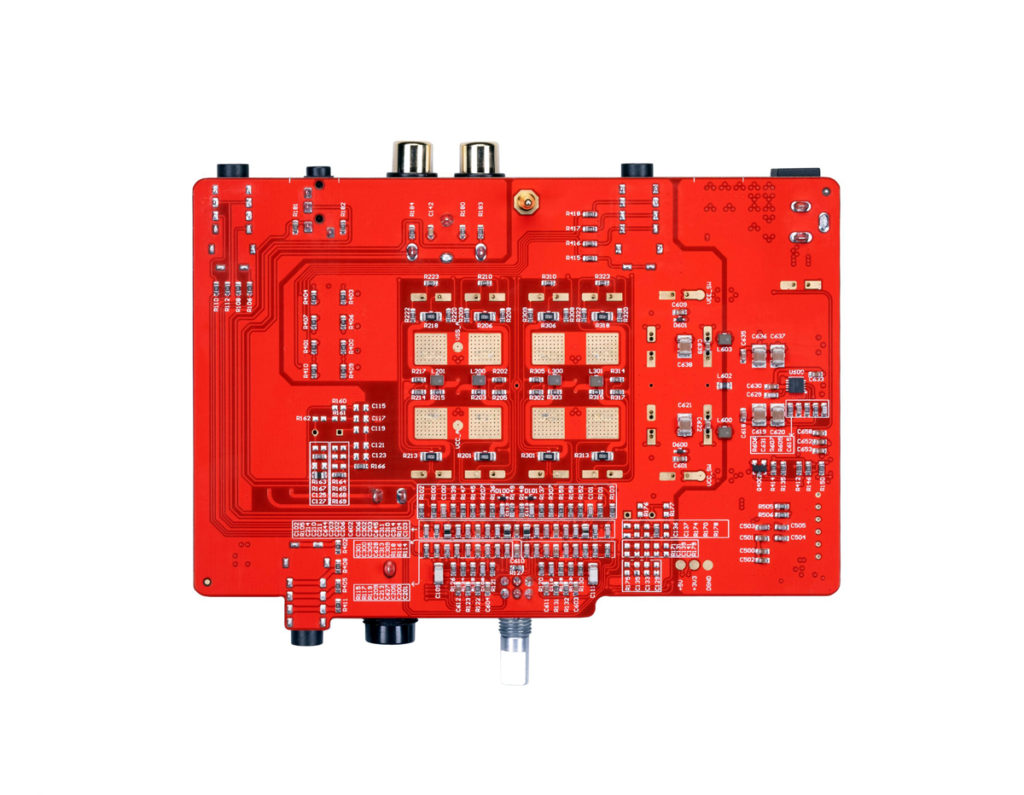
The ZEN CAN’s circuitry utilises many discrete, high-grade surface-mounted components to maximise sonic purity, such as TDK C0G and Panasonic ECPU capacitors, and ultra-low-distortion thin-film resistors. iFi’s custom OV4627 quad-amp stage features four independent FET op-amps using a ‘folded cascode’ design, with low-impedance feedback circuitry to optimise performance.
A further custom op-amp is used for the input stage, which features automatic level matching and feeds a TOCOS precision potentiometer, while the fully discrete, balanced, complementary bipolar output stage utilises the same Class A buffer found in the Pro iCAN. The power supply circuitry includes ‘stealth mode’ voltage conversion, again derived from the Pro iCAN, with linear regulation, noise filtering, physical isolation from sensitive audio circuits and 4,000uF capacitance to keep ample power in reserve to respond to musical transients.
Even the way the ZEN CAN switches between settings has been engineered to ensure sonic transparency. FET-based switching is handled by a microcontroller, which only ‘wakes up’ when the user changes a setting, thus eradicating any sonically deleterious interference.
All this painstaking attention to detail would be impressive in a high-end headphone amp; that fact that iFi has succeeded in implementing such high-quality circuitry in one retailing at just £149 (US$149, €165) is nothing short of remarkable. Rich detail, engaging dynamics and the ability to drive all manner of headphones with ease – the ZEN CAN further extends the reputation of iFi’s ZEN Series for delivering exceptional sound at entry-level prices.
The iFi ZEN CAN is available from selected retailers from tomorrow. The first 1000 units are bundled with iFi’s ultra-low noise ‘iPower’ AC/DC power adapter, which further enhances performance and costs £49 when purchased separately, at a special package price of £169 (US$169, €185). When these bundles have sold out, the ZEN CAN will be available with a standard AC/DC power adapter at £149 (US$149, €165).

| iFi ZEN CAN | |
| Key features | |
| Balanced, dual-mono analogue circuit design | High-quality, discrete circuit components |
| Capable of driving even tough headphone loads | Four-step adjustable gain – 0dB, 6dB, 12dB, 18dB |
| ‘3D’ analogue spatialiser – compensates for ‘in-head localisation’ | ‘XBass’ EQ adjustment – rebalances bass-light headphones |
| Inputs | Outputs |
| Single-ended analogue inputs: 1x stereo RCA; 1x 3.5mm | Headphone outputs: 1x 6.3mm; 1x 4.4mm Pentaconn |
| Balanced analogue input: 1x 4.4mm Pentaconn | Balanced analogue pre-out: 1x 4.4mm Pentaconn |
| Power delivery – 6.3mm single-ended headphone output | Power delivery – 4.4mm balanced headphone output |
| 1000mW (4.0V) @ 16Ω | 1890mW (11.0V) @ 64Ω |
| 1600mW (7.2V) @ 32Ω | 756mW (15.1V) @ 300Ω |
| 196mW (7.6V) @ 300Ω | 385mW (15.2V) @ 600Ω |
Website : https://ifi-audio.com/products/zen-can/

iFi is the sister-brand of Abbingdon Music Research (AMR) and is headquartered in Southport, UK. The two brands respectively design and manufacture portable, desktop and lifestyle audio products and high-end hi-fi components. Combined in-house hardware and software development teams and a ‘music first’ approach enable iFi and AMR to create advanced audio products that deliver new levels of design, functionality and performance at their respective price points. Since iFi’s formation in 2012, its products have earned many awards around the world, helping it to become one of the fastest-growing brands in its field.














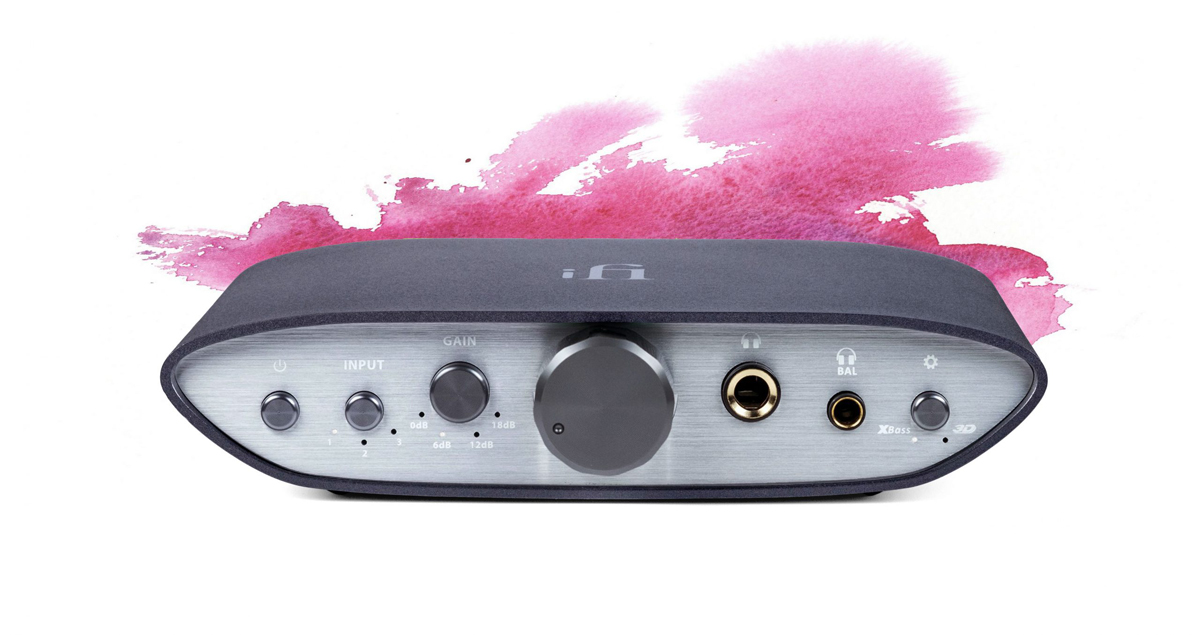
Want to join discussion?
Feel free to contribute!